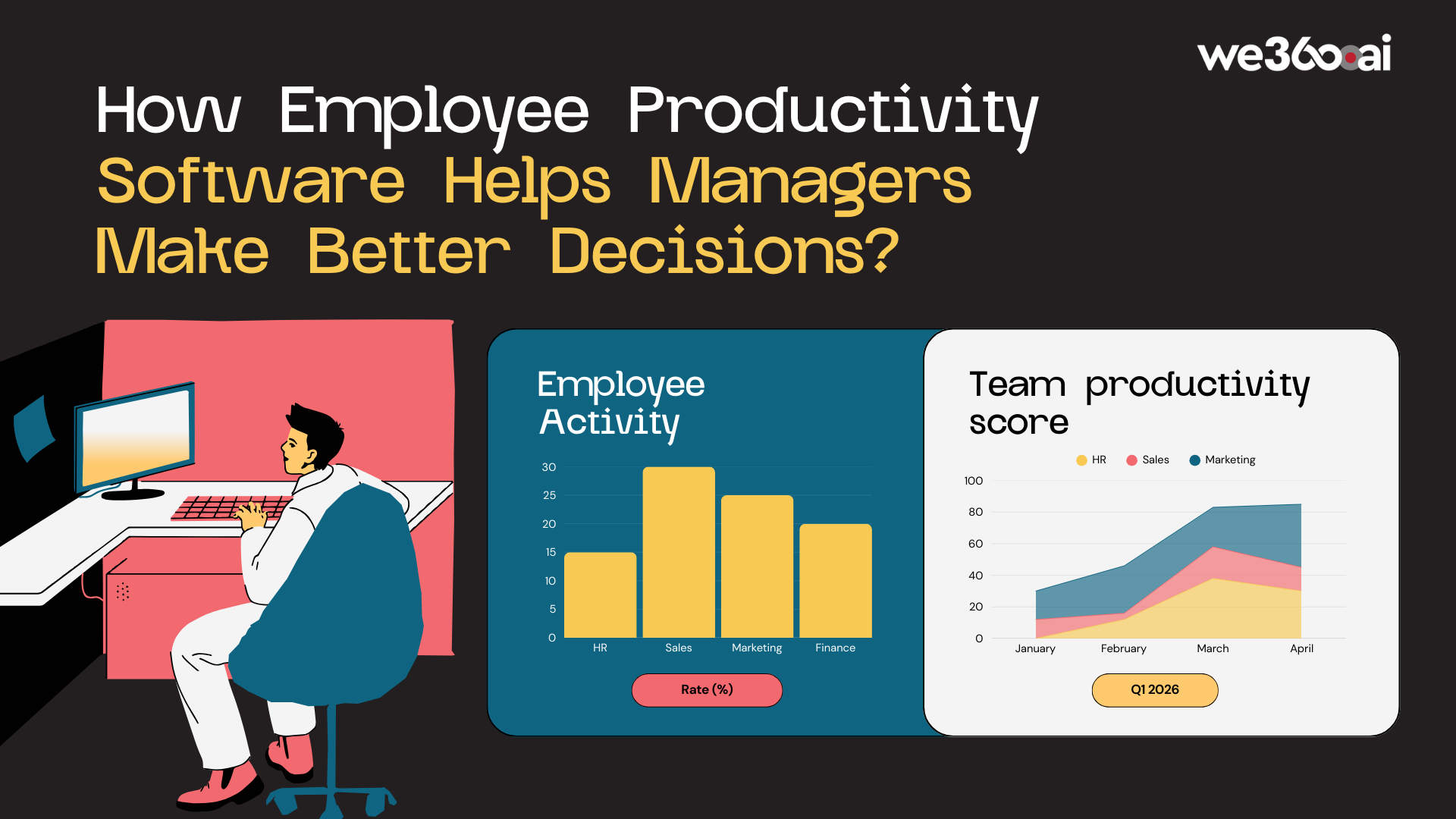In today’s competitive landscape, marketing and sales teams are tasked with managing high volumes of leads, engaging prospects across multiple touchpoints, and converting these interactions into meaningful relationships. Marketing and sales automation has transformed how companies manage these activities, freeing teams from repetitive tasks while increasing efficiency and accuracy.
However, merely adopting automation tools isn’t enough. For automation to truly drive growth and ROI, it must be strategic, streamlined, and adaptable. This guide will dive into seven highly effective ways to streamline your marketing and sales automation, complete with actionable tips, tools, and examples.
Why Marketing and Sales Automation Matter
Marketing and sales automation are indispensable for scaling growth, but many businesses still struggle with proper implementation. According to a recent study, 77% of high performing marketers say their automation strategy is a crucial element of their success. Here’s why automation is essential:
- Improved Efficiency : Automation allows teams to focus on high impact tasks while handling repetitive functions like email outreach, social media scheduling, and lead management.
- Enhanced Customer Experience : Automated systems ensure timely, personalised communication, improving customer satisfaction and loyalty.
- DataDriven DecisionMaking : Automation tools provide insights into customer behaviour, preferences, and pain points, enabling more targeted and effective campaigns.
Identifying Opportunities for Automation in Marketing and Sales
To identify where automation will be most impactful, start by auditing your marketing and sales workflows. Pinpoint areas where tasks are repetitive, data collection is time consuming, or leads often slip through the cracks. Here are some examples:
- Lead Generation and Scoring : Identify processes where leads enter your funnel but lack proper scoring, causing the sales team to miss warm leads.
- Campaign Management : Look for tasks like scheduling, segmentation, and follow ups that can be automated to free up time for strategic initiatives.
- Customer Engagement and Support : Automation can ensure consistent communication across touchpoints, improving the overall customer experience.
7 Ways to Streamline Marketing and Sales Automation
With clear opportunities identified, let’s dive into seven highly effective ways to streamline marketing and sales automation:
1. Automate Lead Scoring and Segmentation
Automated lead scoring and segmentation allow you to prioritise high potential leads, ensuring they receive timely follow ups from your sales team. By assigning scores based on behaviour, demographics, and engagement, you can focus efforts on leads most likely to convert.
How to Implement:
- Define Scoring Criteria: Set up a point system based on actions like email opens, link clicks, website visits, and demo requests.
- Dynamic Segmentation: Use automation to update segments in real time as leads interact with your brand. For instance, if a prospect downloads an ebook, they can be segmented as “interested in product insights.”
- Lead Routing: Send qualified leads directly to sales for followup, enabling faster response times and a more personalised approach.
Example Tools: HubSpot, Marketo, ActiveCampaign
2. Streamline Email Marketing with Automation Workflows
Automated email workflows save time and ensure consistent, personalised engagement with your audience. Instead of manually sending emails, set up workflows that are triggered by actions, timing, or segmentation criteria.
How to Implement:
- Build Drip Campaigns: Create a series of emails designed to nurture leads over time. For example, an introductory email followed by educational content, case studies, and a product demo invite.
- Triggered Emails: Send relevant emails based on user behaviour (like downloading a resource or filling out a form).
- Behavioural Personalization: Personalise messages with specific details or product recommendations based on past interactions.
Example Tools: MailChimp, Constant Contact, ActiveCampaign
3. Use CRM Automation for Lead and Opportunity Management
A robust CRM system like Salesforce or HubSpot can transform lead management through automation. CRM automation keeps your sales pipeline organized, ensuring timely followups and consistent communication.
How to Implement:
- Automate Lead Assignments: Based on lead score or territory, assign leads to sales representatives for faster followups.
- Automate Activity Logging: Automatically log calls, emails, and meetings to give sales reps a clear overview of the customer’s history.
- Pipeline Updates: Set up rules to automatically update a lead’s stage based on actions, such as scheduling a demo or requesting a quote.
Example Tools: Salesforce, Zoho CRM, HubSpot CRM
4. Social Media Automation for Consistent Engagement
Social media is essential for brand visibility and engagement, but keeping up with posting schedules and responding to inquiries can be timeintensive. Social media automation lets you maintain a strong presence without constant manual effort.
How to Implement:
- Automate Content Scheduling: Schedule posts in advance across multiple platforms to keep your audience engaged.
- Automatic Replies: Use automated responses to handle FAQs and customer inquiries, redirecting them to a live representative if needed.
- Social Listening: Monitor mentions, hashtags, and keywords related to your brand, competitors, or industry to stay engaged with relevant conversations.
Example Tools: Hootsuite, Buffer, Sprout Social
5. Optimize Sales Workflows with Automation
Sales workflows include many routine tasks, from sending initial proposals to following up after meetings. Sales workflow automation frees up time for reps to focus on closing deals.
How to Implement:
- Automate Proposal Generation: Create templates for frequentlyused proposals or quotes and set up triggers for automatic sending.
- FollowUp Reminders: Schedule automated reminders for followups postmeetings or proposals.
- Contract Automation: Automate the creation and management of contracts, streamlining approvals and signatures.
Example Tools: PandaDoc, Proposify, DocuSign
6. Automate Customer Feedback Collection and Analysis
Gathering and analyzing customer feedback provides valuable insights into what’s working and where improvements are needed. Automation tools streamline this process, ensuring consistent feedback collection.
How to Implement:
- Automate NPS and PostPurchase Surveys: Automatically send surveys at key customer journey points, such as postpurchase or after support interactions.
- Sentiment Analysis: Some tools offer AIdriven analysis that can categorize feedback as positive, negative, or neutral, allowing teams to prioritize responses.
- Automated Alerts: Receive notifications when negative feedback is received so that customer service teams can follow up promptly.
Example Tools: SurveyMonkey, Typeform, Qualtrics
7. Automate Analytics and Reporting for Better Insights
Automated reporting saves significant time by eliminating manual data entry, allowing you to track performance metrics continuously.
How to Implement:
- Create Custom Dashboards: Set up realtime dashboards for instant access to KPIs.
- Schedule Reports: Automate weekly or monthly reports and have them delivered directly to stakeholders.
- Set Alerts and Notifications: Configure alerts for sudden metric changes, like drops in conversion rates, to prompt immediate action.
Example Tools: Google Analytics, Tableau, Looker
Tips for Implementing Automation Effectively\
- Start Small and Scale Gradually: Begin with one or two automation processes to ensure smooth implementation before expanding.
- Prioritize Data Quality: Quality data ensures accurate automation results. Regularly clean and update data to maintain efficiency.
- Focus on Customer Experience: Automation should simplify and enhance the customer experience, not make it feel robotic.
- Monitor Regularly: Track automation workflows to identify inefficiencies and optimize them over time.
RealLife Examples of Marketing and Sales Automation
- Email Drip Campaigns: An ecommerce retailer used drip campaigns to recover abandoned carts, increasing monthly conversions by 10%.
- Automated Lead Scoring: A B2B software company used lead scoring to identify highvalue prospects, reducing time spent on cold leads and improving close rates.
- Social Media Automation: A startup maintained a consistent social media presence, posting multiple times per day using automation tools, boosting engagement by 30%.
Key Tools for Marketing and Sales Automation
Here’s a list of key tools that are widely used and recommended for effective automation:
- HubSpot: A comprehensive CRM with automation for email marketing, lead scoring, and analytics.
- Salesforce: Offers extensive CRM and automation capabilities, ideal for medium to large businesses.
- ActiveCampaign: Focuses on marketing automation, including email workflows and behavioral targeting.
- Zoho CRM: An affordable option with robust automation features for lead management and segmentation.
- MailChimp: Great for small to midsized businesses looking for straightforward email automation.
Measuring and Optimizing Your Automation Strategy
To maximize the benefits of automation, it’s essential to measure and optimize continuously:
- Define Key Metrics: Define metrics based on your goals. Common KPIs include conversion rates, leadtosale time, customer engagement, and ROI.
- Regularly Review Performance: Check reports to identify strengths and weaknesses in your automated workflows.
- Iterate Based on Insights: Make adjustments to automation workflows based on insights from performance data, adapting to changing business or market needs.
Conclusion
Streamlining marketing and sales automation is more than just adopting tools; it’s about creating seamless, efficient workflows that maximize your team’s productivity while enhancing customer satisfaction. By focusing on the seven strategies discussed above, you can build an automation strategy that drives higher engagement, improves lead conversion, and achieves consistent growth.
Each automation method we discussed—from lead scoring and email workflows to social














